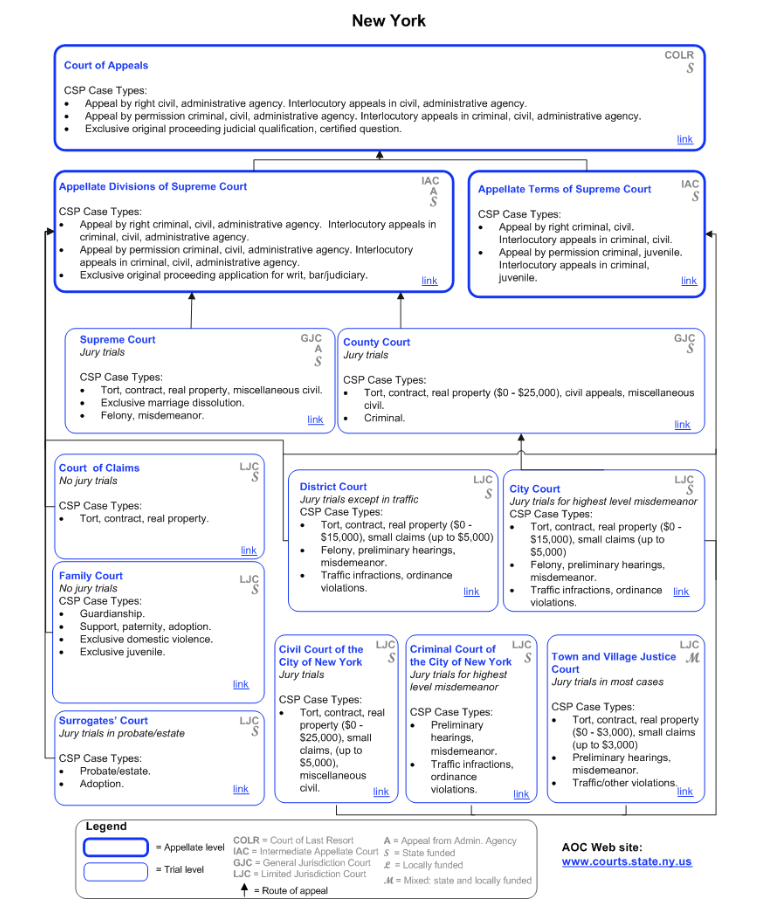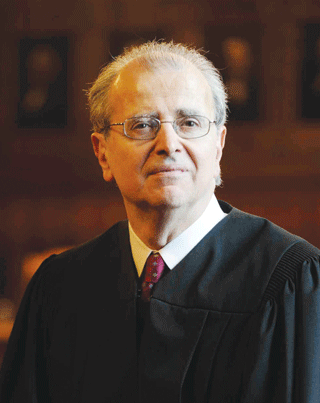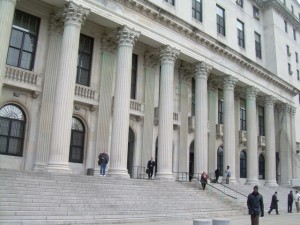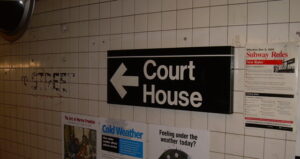Last week New York’s Chief Judge Janet DiFiore suggested a fix that every practicing lawyer in the state knows is needed: revamping our Byztantine court system that has 11 different kinds of trial court. Yeah. Eleven. More than any other state.
We got County court, City Court, Surrogate’s Court, Family court, City courts, Criminal Court, District court and a Supreme Court that is not the supreme court of the state, only the supreme court of the myriad other trial courts. (see map of court system at bottom)
Judge DiFiore wants to knock down our 11 levels to three. Admirable, for sure. Yay, Judge. Go Judge!
But let’s wrestle with one small issue in the process. Not the entire proposal. Just one subject, the Court of Claims.
In New York, if you want to sue the state, there’s only one place to do it: The Court of Claims. And that is the only defendant allowed.
So let’s say a state park’s worker is driving a truck while working and runs a 4-way stop sign at the same time another driver does the same, and a pedestrian is hurt. The pedestrian is forced to bring driver two separate actions in two separate courts: One in the Court of Claims for the action against the state and one in Supreme Court for the action against the other driver.
And that means not just double the work and double the court appearances and two trials (with double the costs for experts appearing), but the possibility of inconsistent results.
Part of Judge DiFiore’s proposal is the abolishment of the Court of Claims.
Why do I pick on this one, as opposed to other problems such as custody battles being fought in Family Court while divorce would then get to Supreme Court?
Because it’s the low-hanging fruit. It’s easy. There’s no rational reason not to do it.
And since a restructuring of the court system requires a constitutional amendment, let me urge here that the Legislature — even in the event it doesn’t want to grapple with the entire overhaul (which it should) can still go ahead and take care of the easy stuff.
OK, I have five more minutes, so let me tack on one other point: Our Constitution caps the number of Supreme Court judges at one per 50,000 residents of a judicial district. That is a century old provision.
Anyone that has practiced law in New York City knows how sorely we need more judges as our courts are swamped. I once calculated that $10,000,000 of legal time is wasted every year in just one Brooklyn courtroom with lawyers waiting, waiting, waiting, waiting. Just one courtroom. I wrote the eleven years ago. It hasn’t gotten any better.
So get to it Leg, get to it. There’s a ton to unpack from Judge DiFiore’s proposal. This kind of reform has been needed for decades. How about we actually get around to doing it this time?
Elsewhere:
- DiFiore Wants Massive Restructuring of NY Courts (Times Union)
- New York’s Chief Judge Announces Proposal to Restructure State Court System — with focus on commercial division (Patterson Belknap) –



